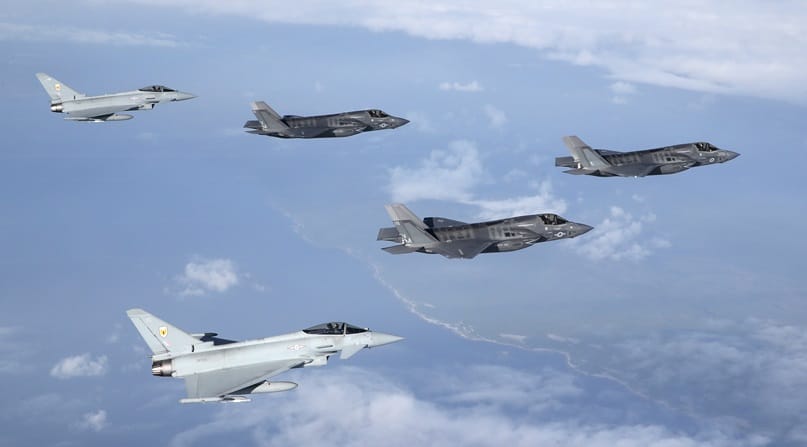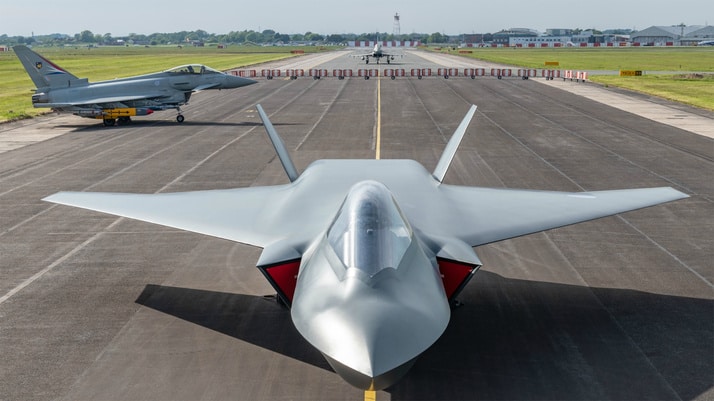No, it is not a question of merging the 3 programs! (this should cut short many comments from people who have only read the title). That being said… On the occasion of a conference organized by The Atlantic Council, an American organization whose aim is to promote the effectiveness of NATO and the transatlantic link, General Tod Wolters, the current Supreme Allied Commander in Europe, or SACEUR, has come out in favor of a merger of the 3 so-called 6th generation combat air system programs currently in development, namely the Next Generation Air Dominance or NGAD of the US Air Force, the British Futur Combat Air System or FCAS more commonly known from the name of the combat aircraft it is developing, the Tempest, and the Futur Combat Air System or FCAS which brings together Germany, Spain and France . While there is no question of proposing to merge the programs, which would clearly fall outside the remit of SACEUR, the latter draws up an objective observation pleading for a certain approximation of these 3 programs, in order to guarantee their operational efficiency but also sustainability.
First, for General Told Wolters, these so-called 6th generation air combat systems are characterized by a very advanced dimension in collaborative combat, as well as by the collection and exchange of a large mass of data to consolidate this doctrine. From the point of view of the Atlantic Alliance, it is therefore decisive that these 3 systems are perfectly able to cooperate natively with each other, but also with the systems which surround them, whether or not they belong to the technological bubble of the said program. However, this capacity supposes a high degree of harmonization of the protocols and communication systems of each techno-system, so as not to reproduce what is happening today between the F22 and the F35 for example, which must resort to a communication intermediary for exchanging tactical data.

The second argument put forward relates to the optimization of Research and Development efforts, and therefore to the sustainability of these programs considered to be strategic by SACEUR. Concretely, the three programs will have to simultaneously develop similar technologies to achieve identical objectives. However, both the US Air Force, which remains severely handicapped in its investment capacities due to support from Congress and part of the executive for the F35 program, that Great Britain which brings to it only almost all of the development costs of its Tempest, that the European FCAS whose high investments are partly at the origin of tensions between its actors, all must evolve in a complex and very constrained budgetary environment, forcing certain compromises and endangering the programs in the medium or long term.

75% of this article remains to read,
Subscribe to access it!
The Classic subscriptions provide access to
articles in their full version, and without advertising,
from 6,90 €.
Newsletter subscription
Register for the Meta-Defense Newsletter to receive the
latest fashion articles daily or weekly

